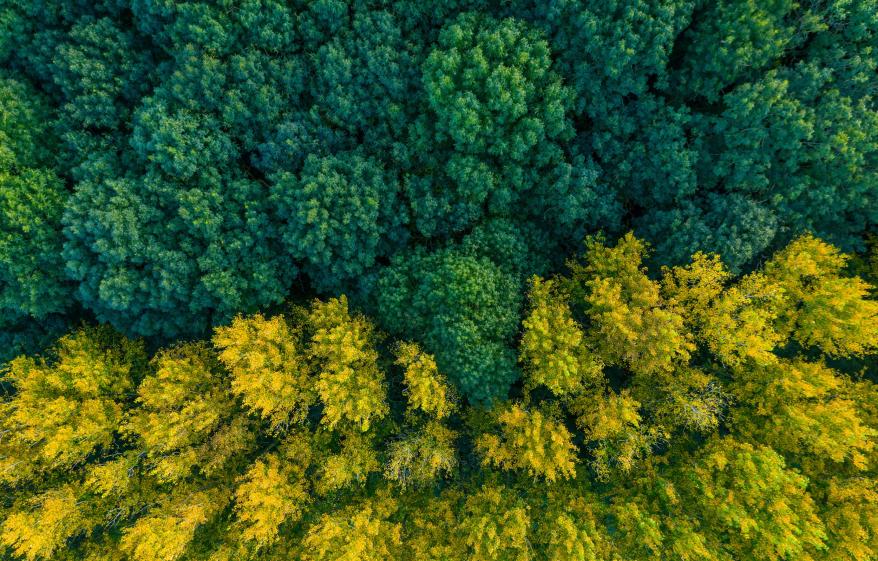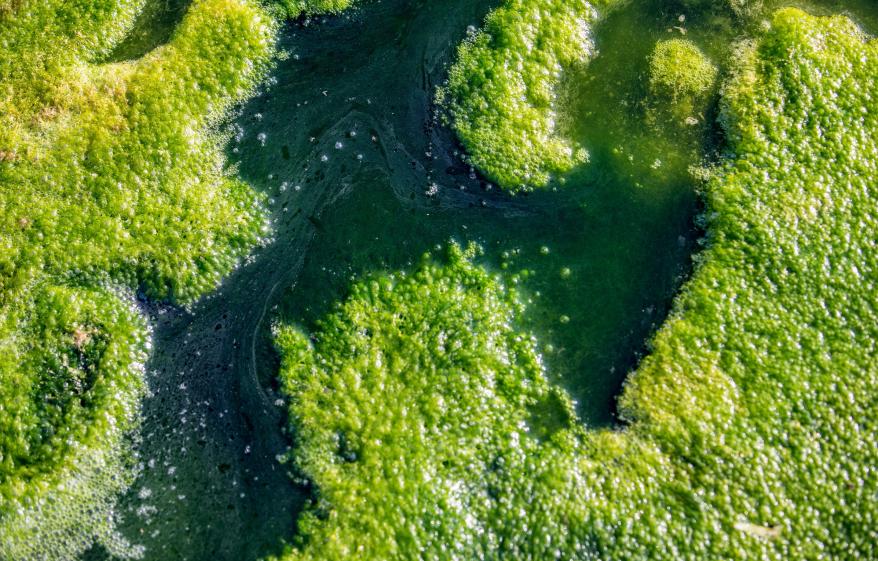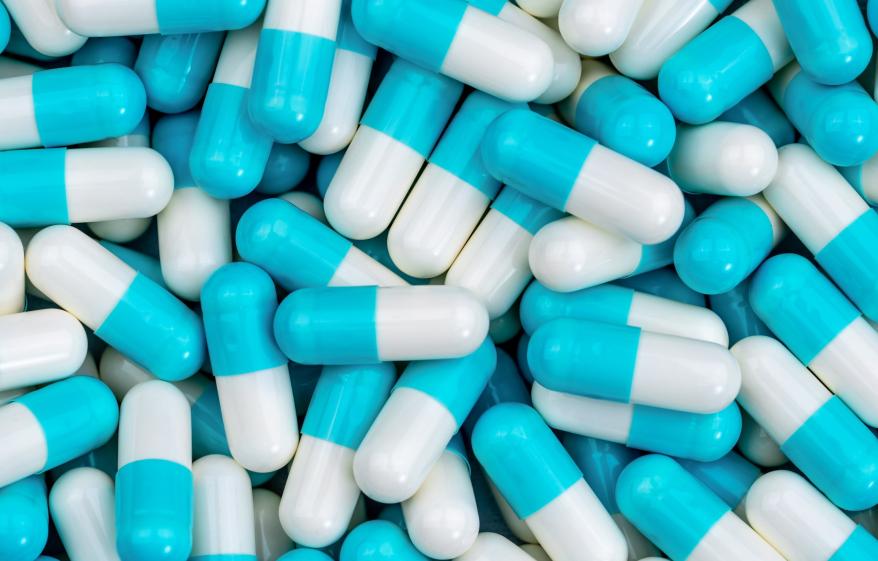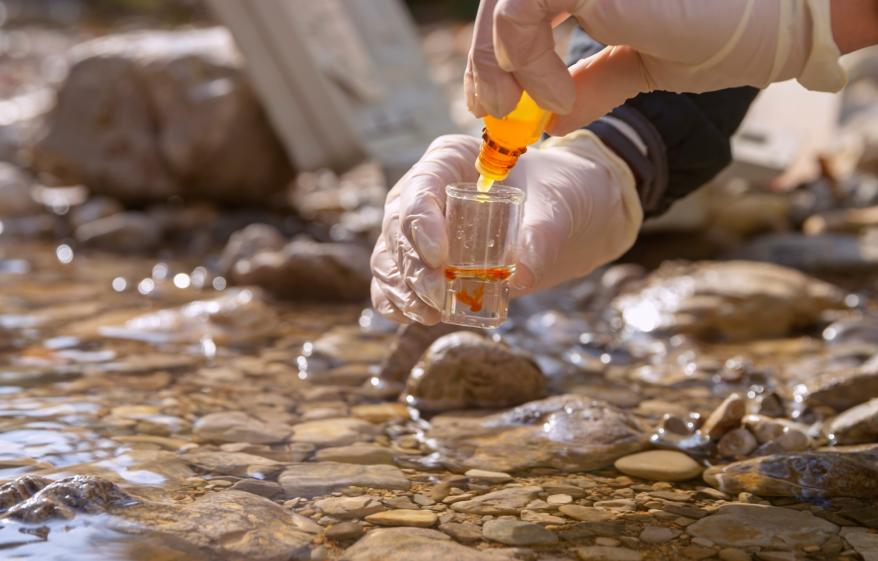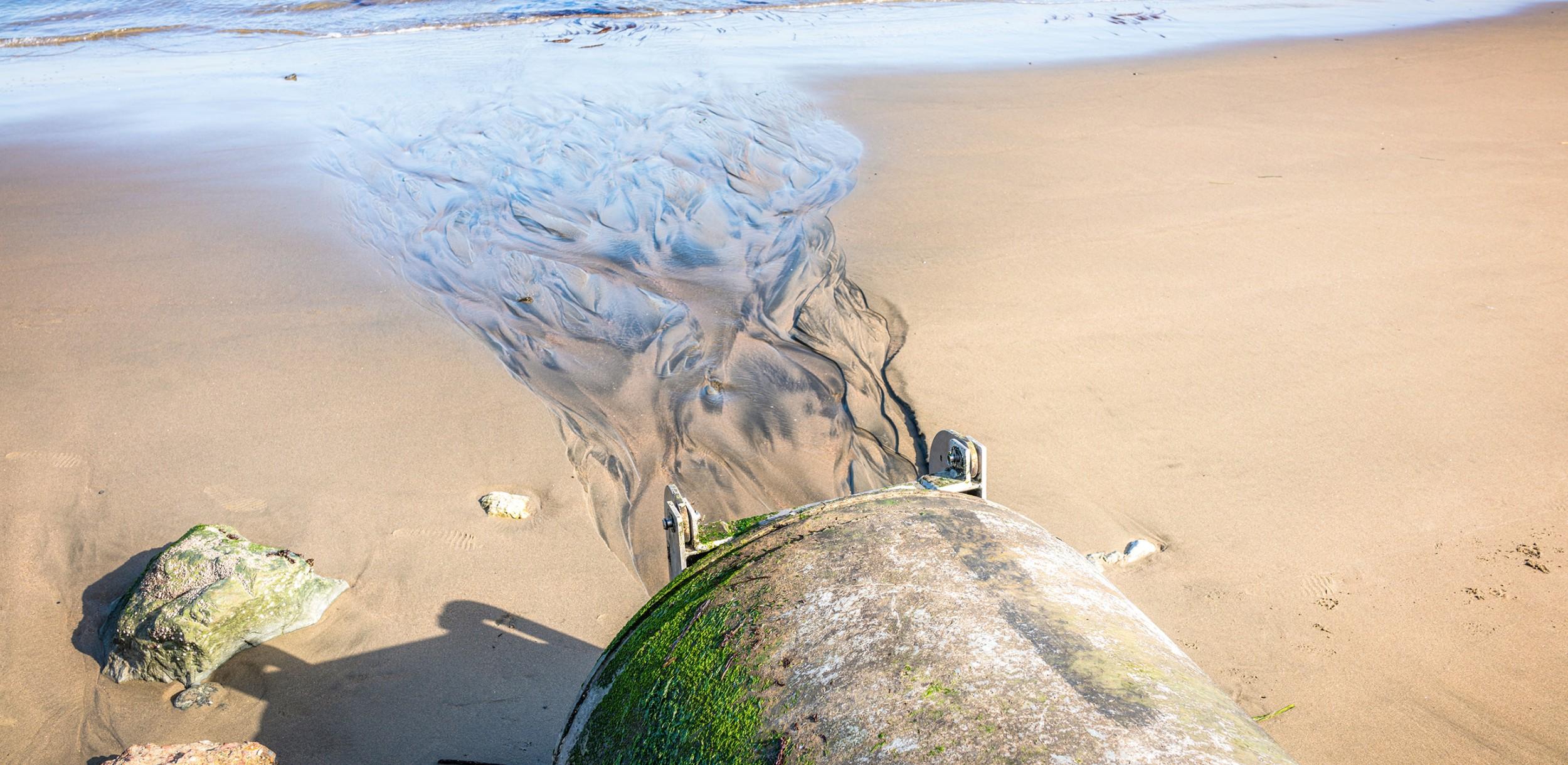
What is the sewage water crisis in the UK?
In the UK’s current water infrastructure, both rainwater and sewage go into the same overflow system, which is designed to discharge untreated wastewater in periods of exceptional rainfall to prevent sewage backing up into people’s homes. This system is often overwhelmed with excessive inflows of water from sewage and rainfall, causing vast volumes of untreated waste to be discharged into waterways.
Wastewater overflow is an increasingly common occurrence, as climate change causes rainfall to increase both in frequency and in intensity (Met Office). 62 serious pollution incidents were reported by UK water and sewage companies in 2021 (Environment Agency) and more than 384,000 discharges of raw sewage were reported by water companies across England and Wales in 2022 (The Guardian). As well as breaching permitted discharge limits, this level of water pollution has devastating consequences for human health, biodiversity and natural habitats.
75% of UK rivers now pose a serious risk to human health, as millions of infectious microorganisms are introduced into bathing waters by untreated wastewater. The UK ranks last in Europe for bathing water quality (SAS), and swimming in contaminated waters is known to increase the risk of a myriad of illnesses.
Poor water quality also has an impact on wildlife, reducing biodiversity and damaging ecosystems and habitats. Slicks of sewage can cause algae blooms on the water’s surface, starving the water of oxygen and leading to the death of river and ocean species (SAS). There has been an 83% decline in freshwater species globally since 1970 (The Rivers Trust).
Political, media and public pressure is building up. We believe Onunda offers a new way of treating these biosolid waste streams, reducing the impact on the environment whilst maximising the extraction of value and energy within the circular economy.
Current wastewater challenges:
Capacity for the future - A Victorian sewage infrastructure is causing sewage contamination of our natural environment
Land contamination - The direct deployment of sewage sludge as a slurry in agriculture applications is contaminating land with microplastics and forever chemicals, which are entrained in the waste
Water contamination - Storm overflows are causing raw sewage contamination of our freshwater habitats and rivers
What can we do about the sewage water crisis?
Onunda's zero-carbon treatment technology combines hydrothermal carbonisation and gasification to maximise the recovery of energy and nutrients from sewage while destroying micropollutants and pathogens.
This thermochemical solution can eliminate the need for landbanks and provide additional capacity to existing wastewater treatment infrastructure to stop the discharge of raw sewage to our natural waterways.









